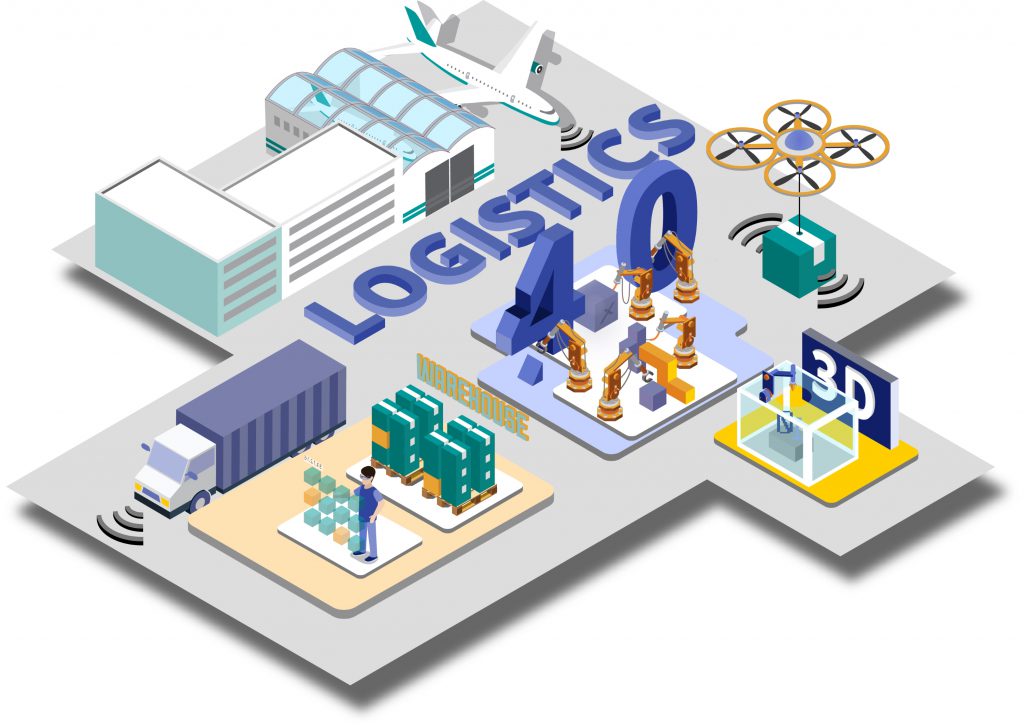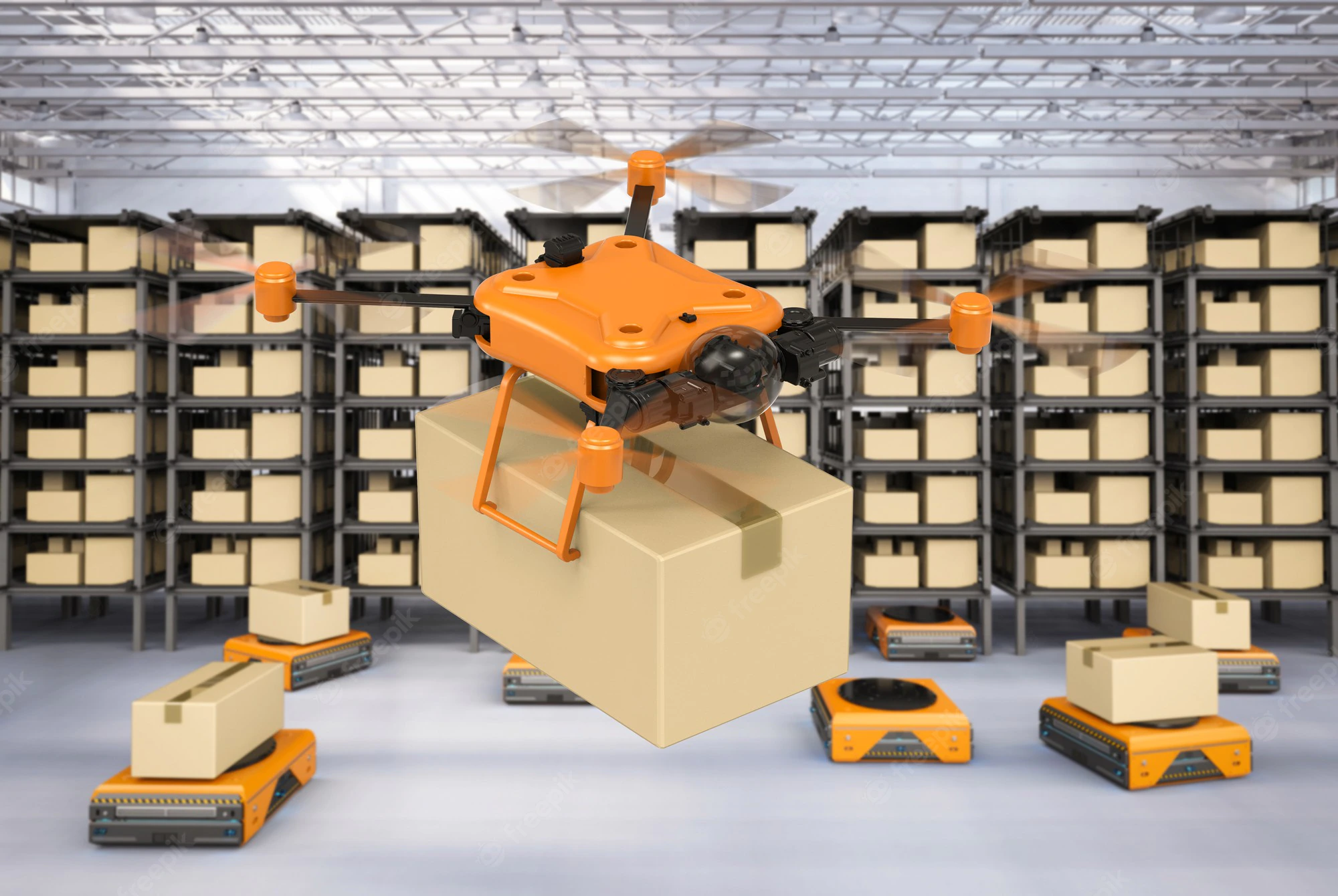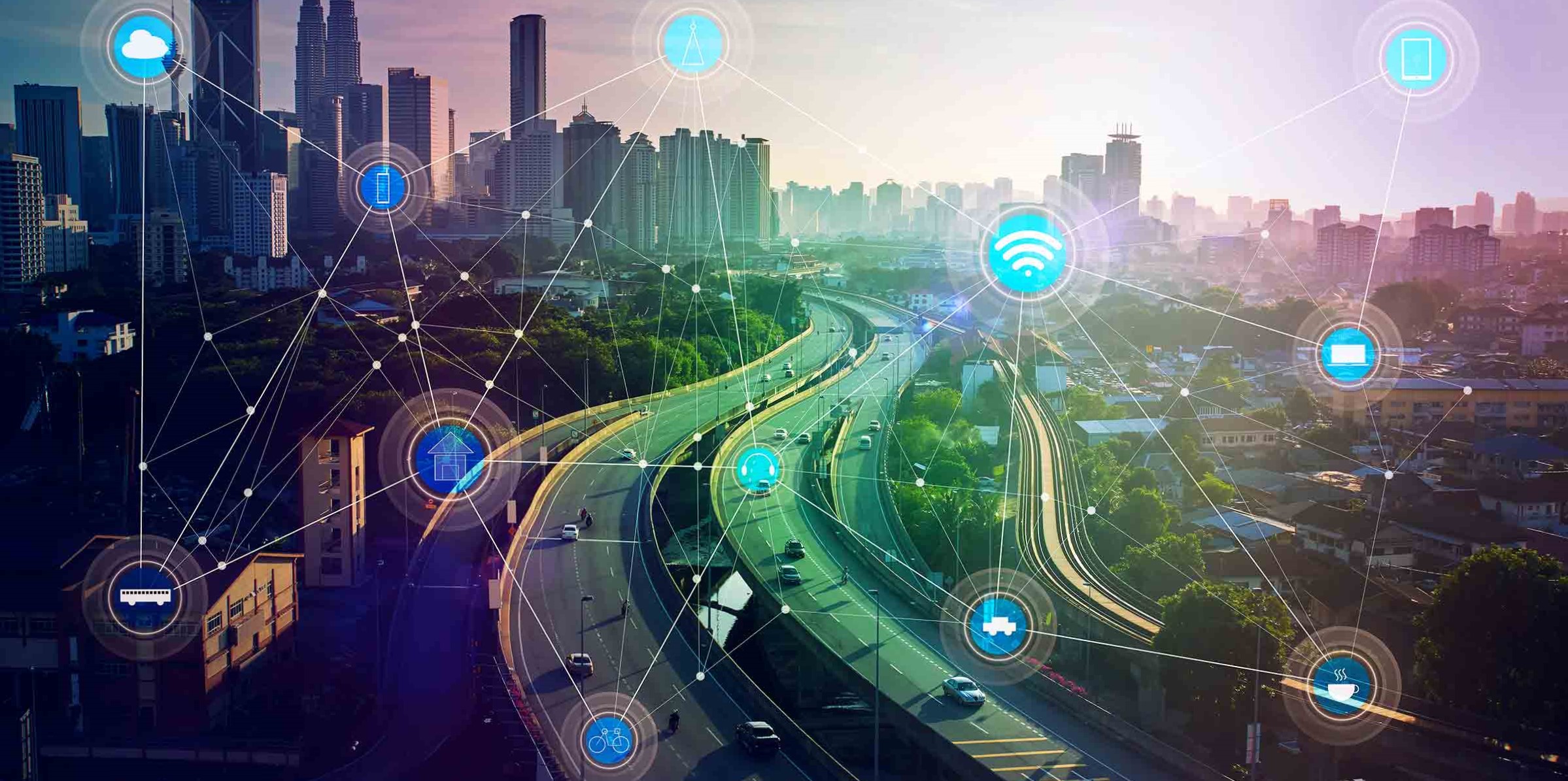Technology 4.0 is a widely searched and used keyword in recent years. In that trend, logistics is also applying new technologies such as big data, internet of things, AI technology. Let’s learn about the trends of IT application in logistics in recent days.
The urge to apply IT to Logistics
Transportation, forwarding, warehousing, and administrative service processes, distribution, retail, etc. are all directly related to logistics, which is an activity in the service chain that takes place from the pre-production stage until the products are delivered to the consumer. In the current competitive market, enterprises could operate more effectively, reduce costs, and enhance service quality due to the application of IT to logistics.

In the context of information technology globalization, this can be seen as an extremely urgent issue. The growth of transportation, which is regarded as the lifeblood tying together the many links in the logistics service chain, is significantly influenced by information technology. As a result, Trends of IT Application in Logistics help to enhance the situation of control and planning more easily 70.1%, increase the competitiveness of the company by 70.1%, reduce human cost in management by 61.9%; customer relationship improvement was 60.8%, and cost reduction was 57.7%.
Trends of IT Application in Logistics industry
Trucking
The most applied logistics technology today is in road transport services with the following areas:
- Automated and driverless vehicles use camera, radar, and laser systems to detect foreign objects on the road and provide timely solutions.
- Driverless car: The Trends of IT Application in Logistics must include unmanned cargo vehicles. Many nations around the world, like the US, China, Singapore, etc., have seen the rise of this vehicle. Utilizing driverless cargo vehicles on predetermined routes might reduce traffic accidents that result in the loss of both products and people, as well as transportation costs by up to 40%.
- Transport exchange helps save time and costs by connecting people who need to carry goods with idle trucks.
- Routing system software helps to plan the route of the vehicle and track the amount of goods on the vehicle to save fuel and maximum time.
Warehouse robot
- Robotic application in the warehouse aids in the replacement of manual picking, assisting in preparing goods more quickly and effectively, limiting damage to goods, and enhancing customer service.
- The warehouse management process can be automated to improve labor efficiency and service quality.
- Robots are efficient in autonomously storing and retrieving goods.

Delivery by drone and droid
This technology has appeared in many countries around the world. The delivery of goods with the help of delivery plane robots will overcome the obstacles that traditional delivery often encounters such as terrain, weather, etc. Thanks to this technology, delivery becomes easy and convenient.
Augmented reality (AR)
The connection between the computer and the reality of employees is made possible by augmented reality (AR) technology. Faster warehouse characteristic recognition, improved data storage, and better product transportation are all advantages of this technology.
On-demand delivery
Information technology applications in the delivery sector are becoming more and more common, especially in large cities. Customers can place orders anytime, wherever, with the support of this practical application, provided they have access to smart devices like smartphones and PCs with an Internet connection. Information technology has made delivery work more flexible and effective.
Data Analytics and Logistics Big Data
We are now able to access enormous volumes of data from diverse sources all along the Supply Chain as a result of the digitization’s growing scope. Therefore, businesses increasingly frequently employ big data, a huge and complex set of data, as a data source to undertake analysis, thereby forecasting peak times and supply shortages in the future. These forecasts help increase accuracy when making strategic decisions to improve market position and provide significant competitive advantage over other competitors.

The application of Big Data and Data Analytics in the transportation industry is also helping some businesses make more informed purchasing decisions. Furthermore, according to The Council of Supply Chain Management Professionals, more than 90% of shippers and logistics companies consider data-driven decision making to be extremely important. For that reason, data analytics based on Big Data will improve business quality and performance through demand forecasting, inventory management, route optimization, and efficient labor management. …
Artificial Intelligence (AI)
Advanced AI solutions are being applied in many functions in the supply chain, especially warehouse operations. Artificial intelligence (AI) has transformed the way logistics service providers operate, as a result of automation trends and constant improvements in computing technology. AI will augment human expertise through systems that help generate new insights from Big Data and eliminate difficult tasks. In Logistics, AI will enable automation of support operations, forecasting, asset management in Logistics, and the creation of new customer experience models.
In the supply chain, the idea of AI robots and automation is also widely used. Robots in the modern period are adaptable, inexpensive, and simple to program. The Robot’s job is to help workers with monotonous and physically demanding chores.


